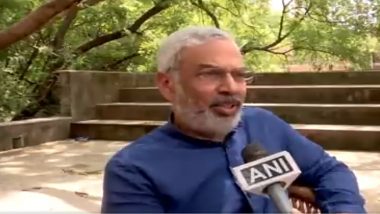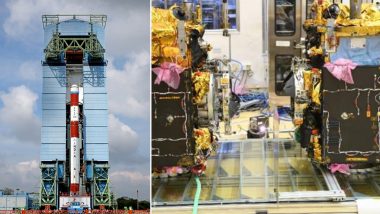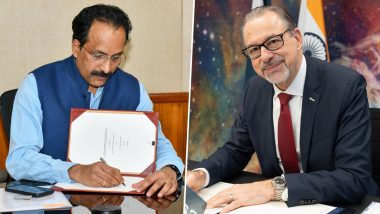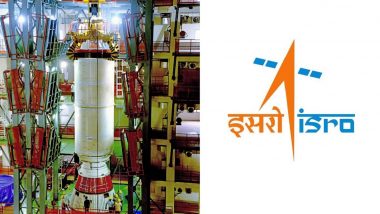Ahmedabad, August 23: Indian Space Research Organisation (ISRO) founder Vikram Sarabhai’s son, Kartikeya Sarabhai, on Wednesday said the landing of Chandrayaan-3 on the lunar surface will be great for humanity as no one has been able to land on the south side of the moon. “It's a fantastic thing if you think of it, that for anyone on the planet, not just for India, but to be able to send, this precision with which we have been able to send Chandrayaan-3 and also through a process which is quite different from the others,” Kartikeya Sarabhai told ANI.
“I mean, to think of a process which meant that you circle the Earth first and then like a sling, you go there and then you circle the moon and then come back,” Kartikeya, Director of Ahmedabad-based Centre for Environmental Education said. His father Vikram Sarabhai was of the view India must be second to none in the application of advanced technologies to the real problems facing society. Asked about what has changed in Indian space science and ISRO after his father, Kartikeya said, “It's such a sea change” recounting his childhood days and on spending time seeing his father doing innovation and research. ‘We’re Cheering for You’: Astronaut Sunita Williams Wishes Indians ‘Good Luck’ on Chandrayaan 3 Mission’s Lander Module Attempts Touchdown on Moon’s Surface.
Vikram Sarabhai is considered the father of the Indian space program. The establishment of the Indian Space Research Organisation (ISRO) was one of Vikram Sarabhai's greatest achievements. He successfully convinced the government of the importance of a space programme for a developing country like India. Referring to India’s ‘Amrit Kaal’ – until 2047 -- when the government aims to make the country a developed nation, Kartikeya pointed out that the Chandrayaan-3 mission will instil a “new sense of self-pride” among people. India News | Chandrayaan-3: ISRO Set to Initiate Automatic Landing Sequence.
Kartikeya Sarabhai on Chandrayaan-3 Mission
#WATCH | On Chandrayaan-3 mission, son of ISRO founder Vikram Sarabhai, Kartikeya Sarabhai says, "It is a big day. It is a fantastic thing for anyone on the planet not just India to be able to send this precision with which we have been able to send Chandrayaan-3 & also through a… pic.twitter.com/28mzJvSwUw
— ANI (@ANI) August 23, 2023
The scheduled timing for the soft landing of Chandrayaan-3 on the moon’s south pole on today is around 18:04 IST, with the powered descent of Vikram lander expected at 1745 IST. With all set for a soft landing, he said the last 20 minutes where the powered descent from the lunar orbit to the lunar surface will take place, is going to be the most challenging moment in the history of this mission.
“Chandrayaan-2 was a great success except the lander, there was a problem. ISRO has corrected those issues. We have our fingers crossed and hope everything goes well,” Kartikeya Sarabhai said. In its latest update on Chandrayaan-3 soft landing, ISRO has said the mission is on schedule and systems are undergoing regular checks. Once the Vikram Module lands safely, it will perform a systems check and run a few diagnostics. It will also prepare the Pragyan Rover to go out on to the lunar surface and carry out its data and sample collection.
The Pragyaan rover will be on its mission for 14 days, during which it will be analysing the Moon’s surface for traces of water ice, helium-3 and many other critical components. This mission, if it turns out to be fruitful, will make India the only country to have marked its presence on the lunar south pole which is considered to be difficult for its rough and harsh conditions, and fourth – after the US, China and Russia – to have successfully landed on the moon’s surface.
Historically, spacecraft missions to the Moon have primarily targeted the equatorial region due to its favourable terrain and operating conditions. However, the lunar south pole presents a vastly different and more challenging terrain compared to the equatorial region. The spacecraft was launched from the Satish Dhawan Space Centre in Andhra Pradesh’s Sriharikota on July 14. Ever since the July 14 launch, ISRO has been maintaining that the health of the spacecraft remains “normal”.
Chandrayaan-3’s development phase commenced in January 2020, with the launch planned sometime in 2021. However, the Covid-19 pandemic brought an unforeseen delay to the mission's progress.
(This is an unedited and auto-generated story from Syndicated News feed, LatestLY Staff may not have modified or edited the content body)





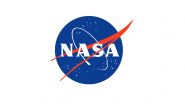





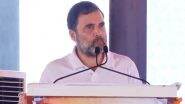

 Quickly
Quickly









